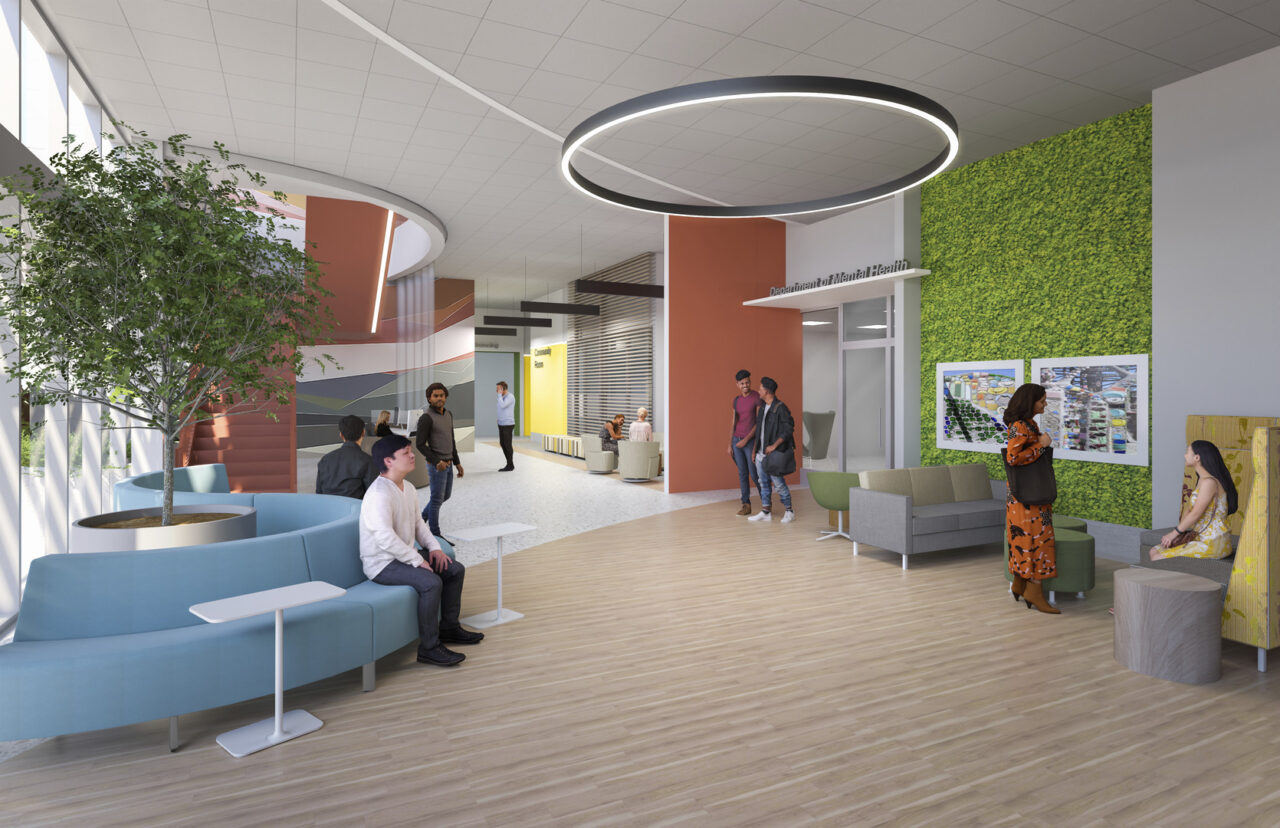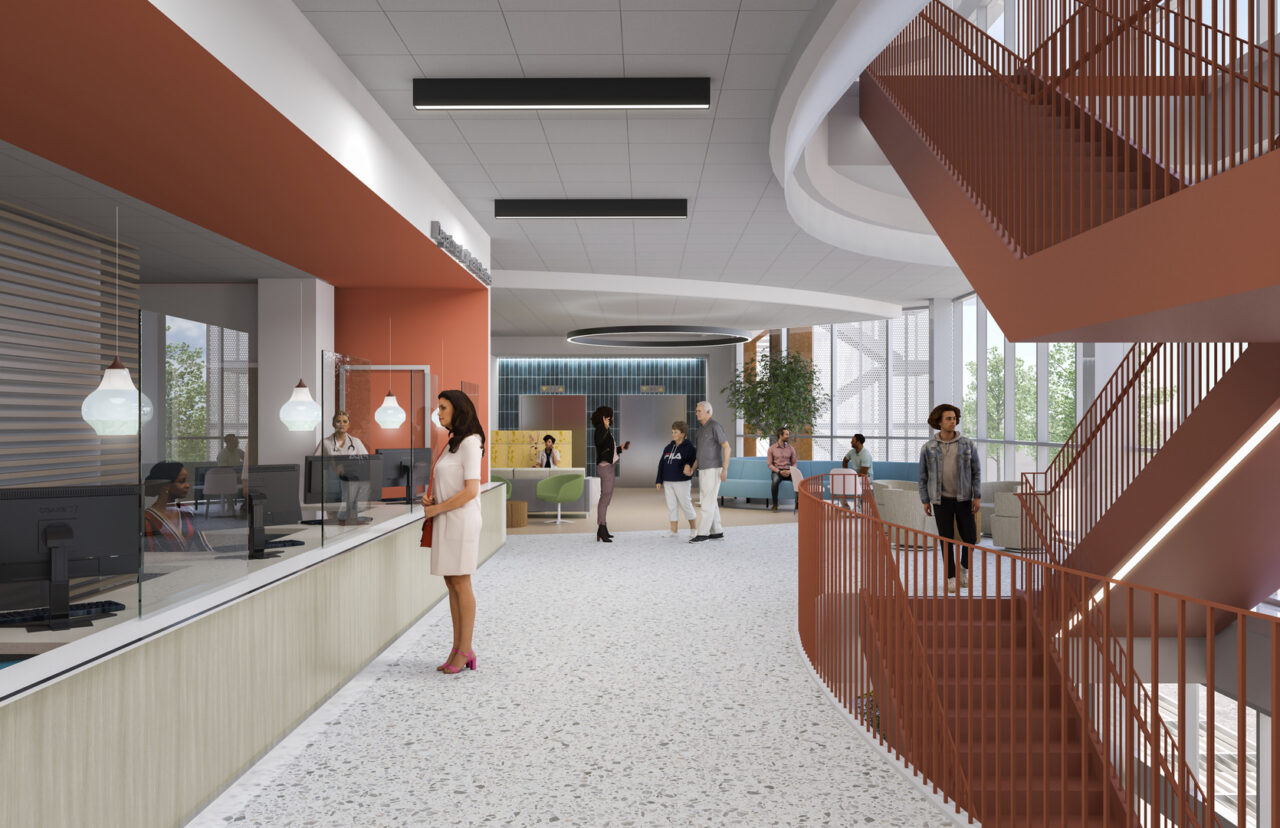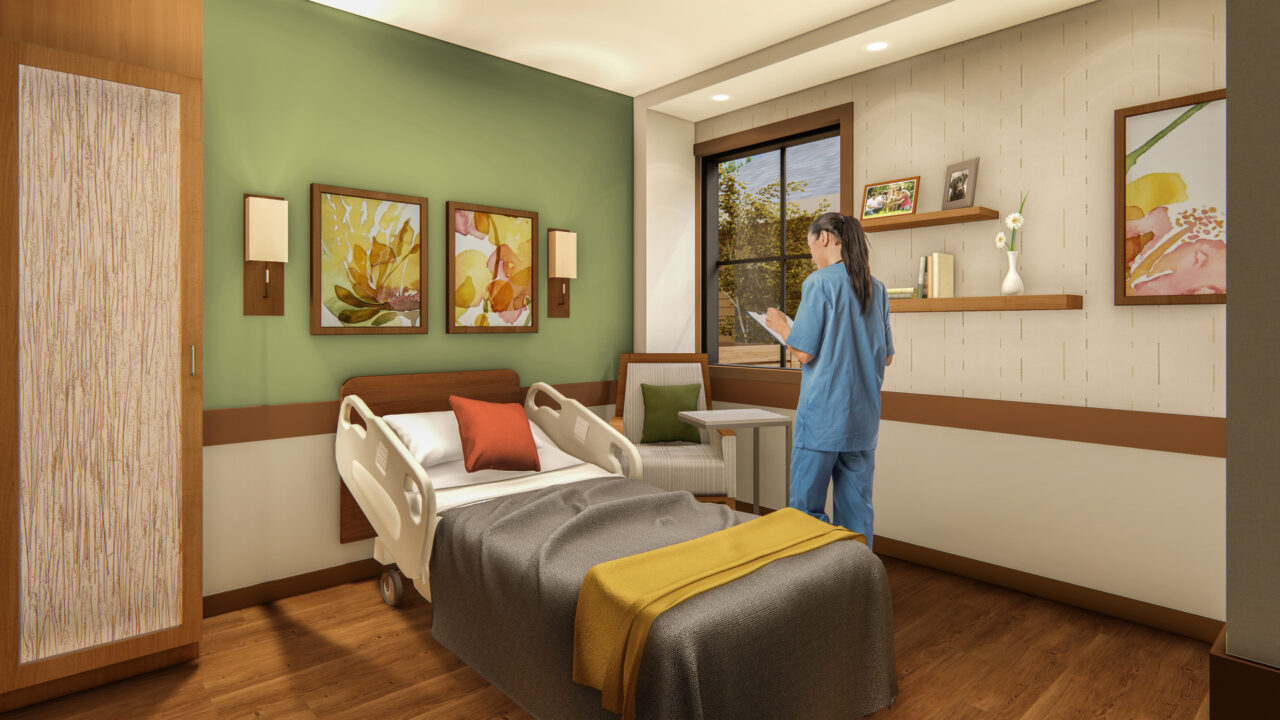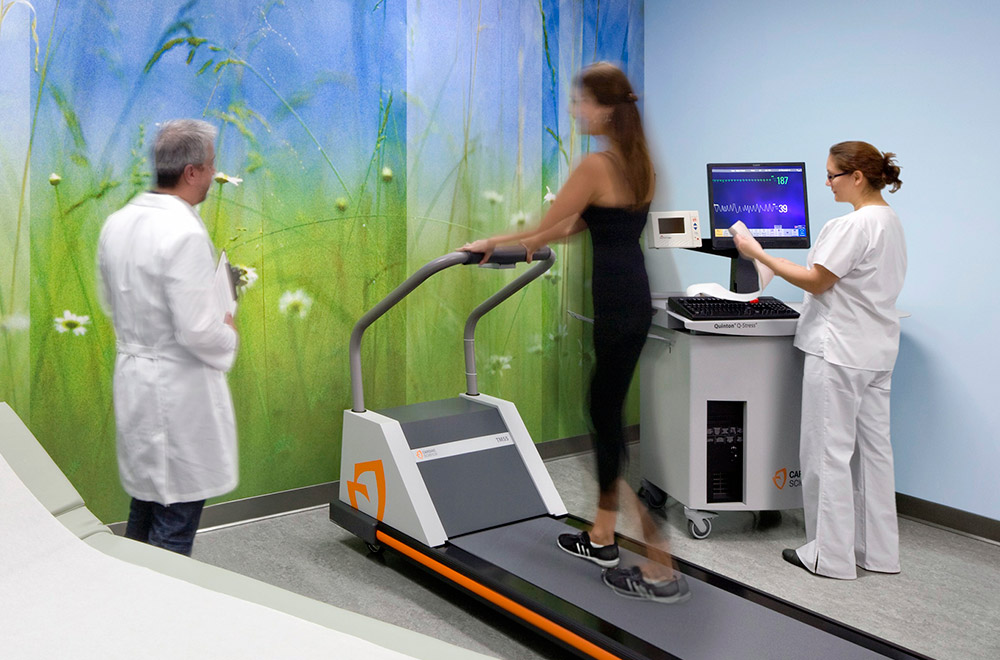*This article was originally published in Medical Construction & Design magazine.
Empathy in design, particularly in the context of healthcare architecture, has emerged as a transformative approach to creating spaces and environments that genuinely serve the needs of their users. Rooted in human-centered design principles, empathic design aims to uncover latent customer needs, crafting solutions that users might not even know they desire. This process starkly contrasts traditional market research methods, which rely heavily on surveys and questionnaires, potentially leading to biased or inaccurate information.

In empathic design, observation takes center stage. A small team of specialists, including engineers, designers, and human factors experts, closely observes and records the interactions and behaviors of end-users. These observations are meticulously documented, enabling the designers to delve into the users’ unarticulated and visceral needs, often resulting in groundbreaking design breakthroughs.
Furthermore, users play an active role in the design process, contributing insights and experiences, leading to more innovative solutions in significantly shorter development cycles. The five critical steps in the empathic design process are:
- Observation
- Capturing data
- Reflection and analysis
- Brainstorming for solutions
- Developing prototypes of possible solutions
The journey of empathic design has been championed by companies like IDEO, a product design company that believes innovation begins with a close connection to the human experience. Its approach includes understanding the market, observing real people in real-life situations, visualizing new concepts, evaluating and refining prototypes and implementing the new vision for commercialization.
Empathy in design, healthcare
Empathy in design is a versatile approach that can—and should—be applied to various industries, including healthcare. It is essential in healthcare design for several reasons:
- User-Centric Focus: Empathy in design ensures that healthcare spaces are designed with the user’s well-being and comfort in mind. It promotes designs that align with the needs of patients, patients’ families and healthcare providers.
- Improved Outcomes: By profoundly understanding the experiences and challenges of patients, healthcare professionals, and staff, designers can create environments that support better health outcomes and enhance the overall healthcare experience.
- Efficiency and Effectiveness: Empathetic design can lead to more efficient workflows in healthcare facilities, reducing unnecessary steps and improving the overall effectiveness of care delivery.
- Patient Satisfaction: Creating spaces that consider patients’ emotional and psychological needs can significantly impact patient satisfaction, contributing to positive reviews and patient loyalty.

Tips for successful implementation
Implementing empathy in healthcare design requires a paradigm shift in the design process. It starts with incorporating empathy-centered data collection methods, such as patient interviews, shadowing and observation. Next, programming should be aligned with the insights gained through empathetic research. During implementation, elevate the importance of user meetings as end-users actively contribute to the design process. Empathy in design strategies should be blended with existing processes, preparing users for a new way of working.
The next step is to create tailored tools, systems, analytics, metrics, and deliverables to suit the unique needs of healthcare design. The empathic design approach can be extended to broader settings, ensuring consistent and effective design principles across various spaces.

Gaining fresh, deeper perspective with empathy maps
During implementation, consider utilizing an empathy map. The concept of an empathy map is often attributed to Dave Gray, a designer and author. He developed the empathy map to help teams better understand and empathize with their users or customers. Empathy maps are typically used in design thinking and customer-centric approaches to product development and problem-solving. They provide a visual framework for capturing and organizing information about a user’s or customer’s thoughts, feelings, actions and needs to understand their perspective better.
An empathy map is a powerful tool that helps healthcare architects understand the emotions, behaviors and needs of end-users, including patients, healthcare providers and staff. It is a visual representation that captures the user’s perspective by dividing the map into four key quadrants: “Think and Feel,” “See,” “Hear,” and “Say and Do.” Each quadrant allows architects to collect and organize insights about the user’s internal thoughts, external observations and verbal and non-verbal expressions.
In healthcare architecture, empathy maps bridge the architect’s perspective and the lived experiences of those who will use the facilities.
Empathy in design is not just a trend but a profound shift in how to approach healthcare architecture. By deeply understanding the needs and experiences of patients, healthcare providers and staff, environments can be created that foster healing, efficiency and overall well-being.
Its lasting effects are measurable and tangible, making it an essential part of the future of healthcare design. As an industry, we have an opportunity and obligation to provide truly intuitive, rewarding and practical spaces. Embracing empathy in design is the path forward to achieving this goal.

